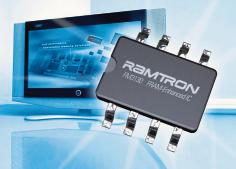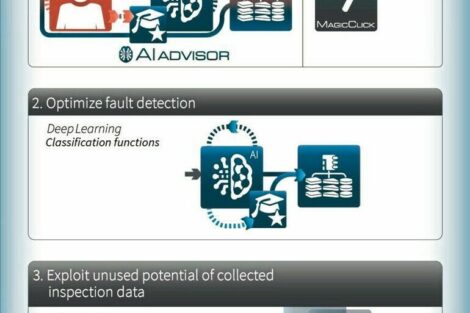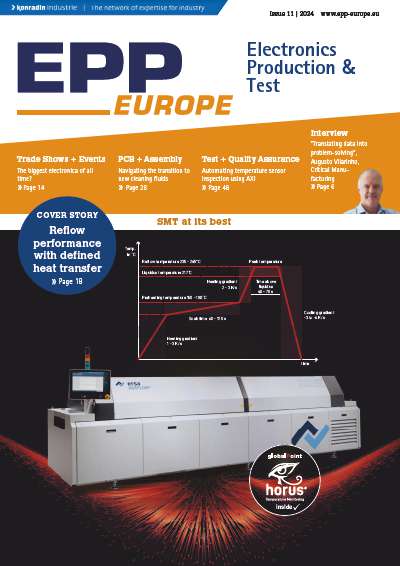Ramtron International Corporation has launched the FM3130, a 64 kilobit, 3-volt FRAM-Enhanced Processor Companion product that combines the benefits of non-volatile ferroelectric RAM with an integrated real-time clock/calendar (RTC) in one tiny package. The FRAM-Enhanced Processor Companion part has been streamlined to further reduce system cost and board space in consumer and computing markets, supporting commonly-needed system functions in applications such as printers and high-definition televisions (HDTVs), without the need for discrete components.
It combines 64 kilobits of FRAM with a real-time clock/calendar (RTC) that incorporates an alarm and a programmable frequency clock output, and uses a common 12pF watch crystal. The alarm compares user-programmed alarm values to corresponding RTC time/date values, creating an ideal solution for automatic on/off, channel switch and parental control and personal video recorder (PVR) functions in high-end televisions.
An industry-standard 2-wire bus is used to access the memory and to control the RTC. Available in an 8-pin TDFN (thin dual flat no-lead) package that is footprint-compatible with TSSOP8s, or a standard 8-pin, 150-mil SOIC package, the device operates from 2.7 volts to 3.6 volts over the entire industrial temperature range of –40 degrees C to +85 degrees C.
The product features:
8K x 8 FRAM – 64 kilobits of true non-volatile RAM (not battery-backed). FRAM memory technology replaces system SRAM or non-volatile memory since it reads and writes at bus speed with NoDelay writes, 10 year data retention and unlimited read/write endurance.
Real-Time Clock (RTC) Operation – A timekeeping device that can be battery-backed or capacitor-backed for permanently powered operation. It offers a software calibration feature for high accuracy, an alarm and a programmable frequency clock output.
Backup Power – The real-time clock/calendar is intended to be permanently powered. When the primary system power fails, the voltage on the VDD pin will drop. When VDD is less then 2.5 V, the RTC (and event counters) will switch to the backup power supply on VBAK. The backup source can be either a battery or capacitor.
Trickle Charger – A trickle charger facilitates capacitor backup. The VBAK pin can optionally provide a trickle charge current. Data is non-volatile so it won’t be lost if the capacitor fails.
electronica, booth A5.321
EPP Europe 440
Share:












